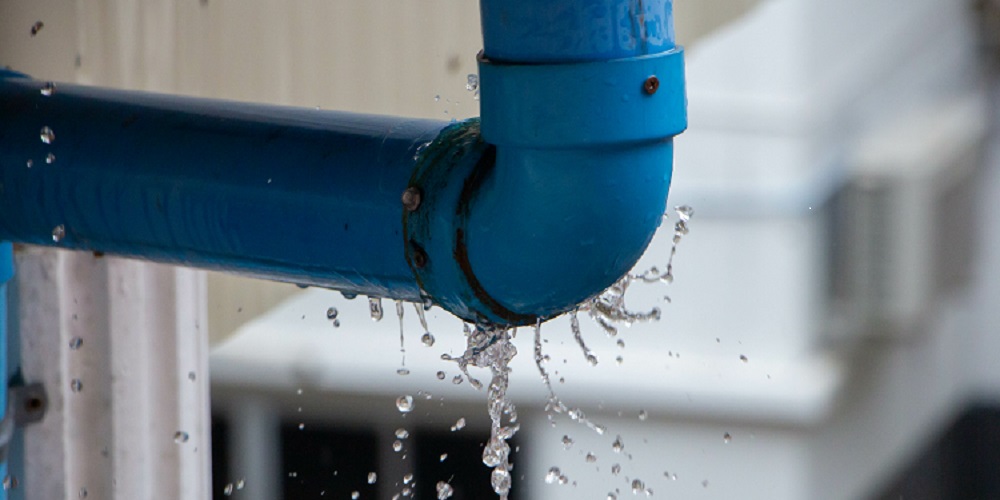Overview To Water Leak Detection At Home
Overview To Water Leak Detection At Home
Blog Article
Nearly everybody seems to have his or her own piece of advice involving Detecting hidden plumbing leaks.

Early discovery of leaking water lines can minimize a prospective calamity. Besides saving you money, it will certainly lessen the aggravation as well as irritation. The moment you discover a leak, calling your plumber for repair work is the very best option. Nonetheless, some little water leaks may not show up. Below are some hacks that aid if you can not spot it with your naked eyes.
1. Analyze the Water Meter
Every home has a water meter. Examining it is a proven way that aids you discover leaks. For starters, switch off all the water sources. Guarantee no person will flush, utilize the tap, shower, run the cleaning maker or dishwashing machine. From there, most likely to the meter and watch if it will change. Because no one is using it, there must be no motions. That shows a fast-moving leakage if it relocates. Furthermore, if you find no changes, wait a hr or 2 and also inspect back once again. This means you may have a slow-moving leakage that might even be underground.
2. Examine Water Intake
If you spot sudden changes, in spite of your consumption being the very same, it suggests that you have leaks in your plumbing system. An unexpected spike in your costs shows a fast-moving leak.
Meanwhile, a steady increase every month, even with the very same practices, shows you have a sluggish leakage that's additionally gradually escalating. Call a plumber to extensively examine your residential property, particularly if you really feel a warm location on your floor with piping below.
3. Do a Food Coloring Test
When it involves water intake, 30% originates from commodes. Examination to see if they are running effectively. Decline specks of food color in the tank as well as wait 10 mins. There's a leak in between the container and also bowl if the color somehow infiltrates your dish throughout that time without flushing.
4. Asses Exterior Lines
Do not neglect to examine your exterior water lines as well. Ought to water seep out of the connection, you have a loose rubber gasket. One tiny leak can waste loads of water and spike your water bill.
5. Assess the circumstance as well as examine
Property owners should make it a habit to examine under the sink counters as well as even inside closets for any type of bad odor or mold and mildew growth. These two warnings show a leakage so timely focus is required. Doing routine inspections, also bi-annually, can save you from a major problem.
Check for stainings as well as damaging as most pipelines and home appliances have a life expectations. If you suspect dripping water lines in your plumbing system, do not wait for it to rise.
Early discovery of dripping water lines can mitigate a prospective catastrophe. Some small water leakages may not be visible. Checking it is a surefire means that helps you uncover leakages. One little leak can waste bunches of water and increase your water costs.
If you suspect dripping water lines in your plumbing system, don't wait for it to escalate.
WARNING SIGNS OF WATER LEAKAGE BEHIND THE WALL
PERSISTENT MUSTY ODORS
As water slowly drips from a leaky pipe inside the wall, flooring and sheetrock stay damp and develop an odor similar to wet cardboard. It generates a musty smell that can help you find hidden leaks.
MOLD IN UNUSUAL AREAS
Mold usually grows in wet areas like kitchens, baths and laundry rooms. If you spot the stuff on walls or baseboards in other rooms of the house, it’s a good indicator of undetected water leaks.
STAINS THAT GROW
When mold thrives around a leaky pipe, it sometimes takes hold on the inside surface of the affected wall. A growing stain on otherwise clean sheetrock is often your sign of a hidden plumbing problem.
PEELING OR BUBBLING WALLPAPER / PAINT
This clue is easy to miss in rooms that don’t get much use. When you see wallpaper separating along seams or paint bubbling or flaking off the wall, blame sheetrock that stays wet because of an undetected leak.
BUCKLED CEILINGS AND STAINED FLOORS
If ceilings or floors in bathrooms, kitchens or laundry areas develop structural problems, don’t rule out constant damp inside the walls. Wet sheetrock can affect adjacent framing, flooring and ceilings.
https://www.servicemasterbyzaba.com/blog/how-to-detect-water-leakage-in-walls/

Do you enjoy reading up on Top leak detection hacks? Give a short review down below. We would be interested to listen to your thoughts about this write up. In hopes to see you back again soon. For those who enjoyed our blog post plz don't forget to pass it around. We take joy in reading our article about Hacks to detect leaks.
Report this page